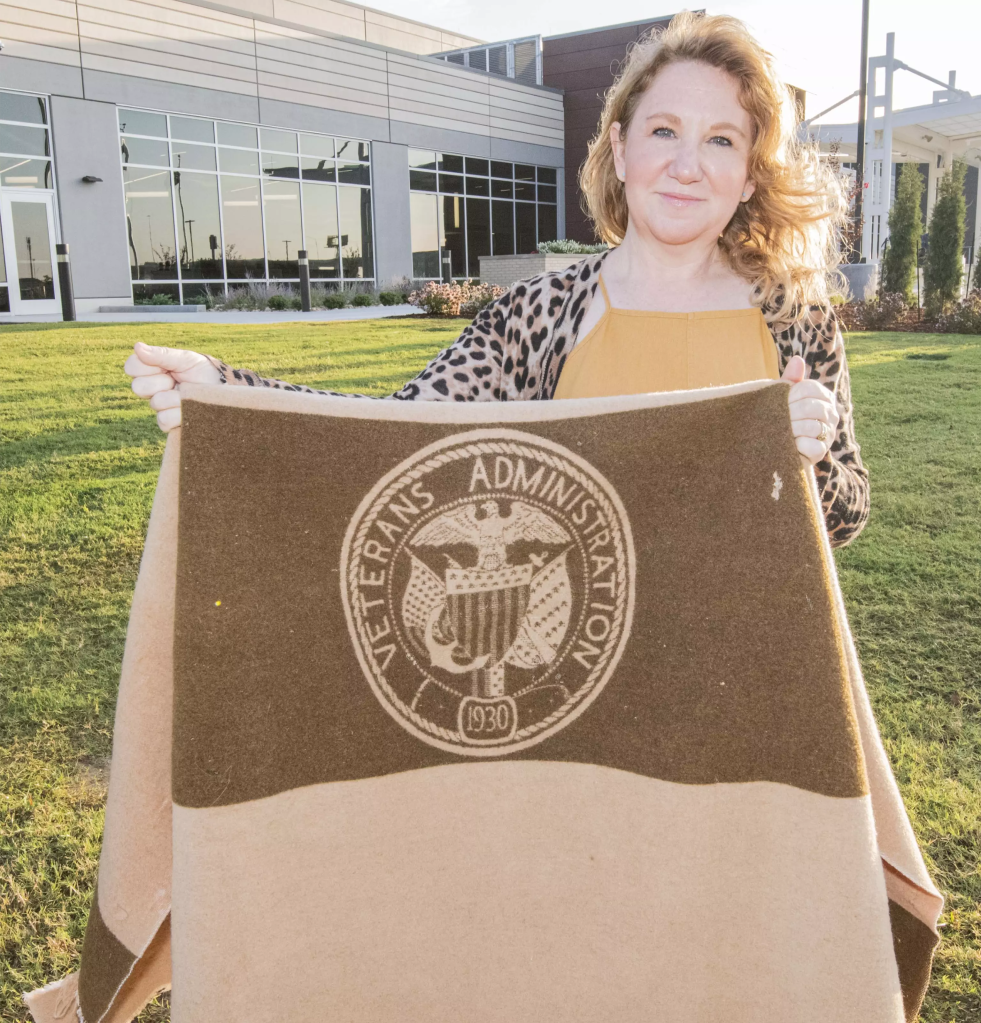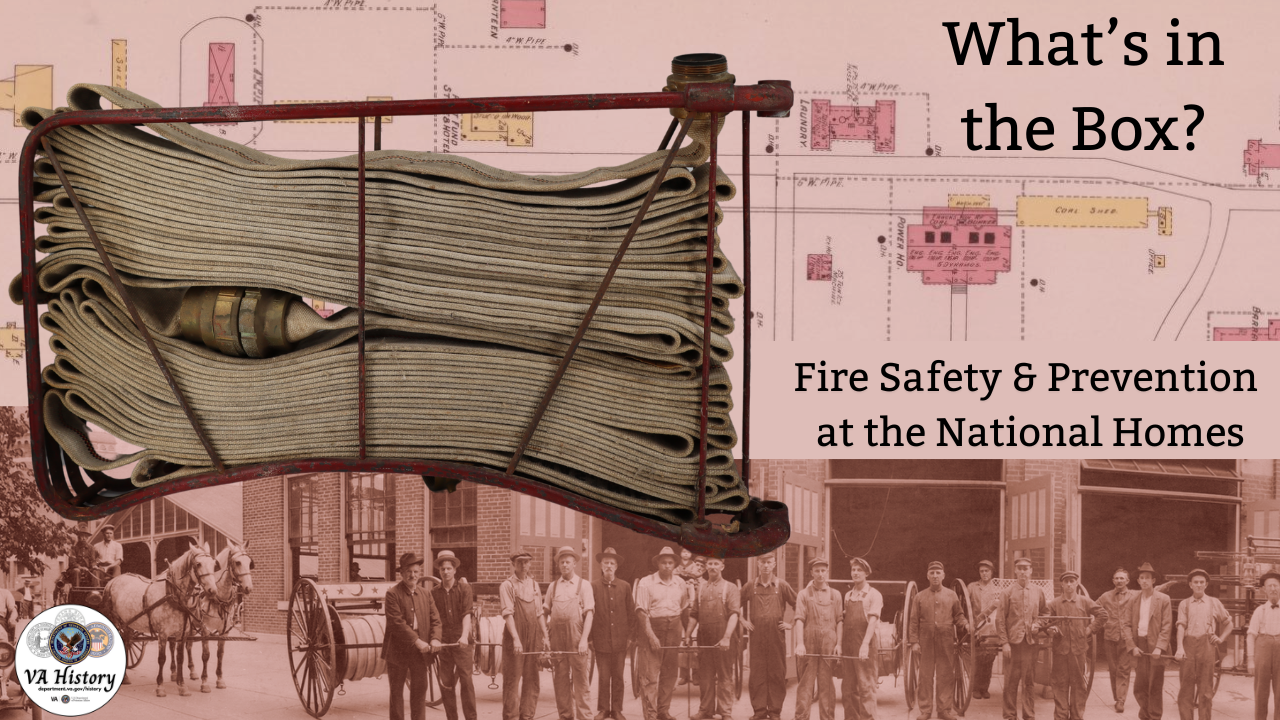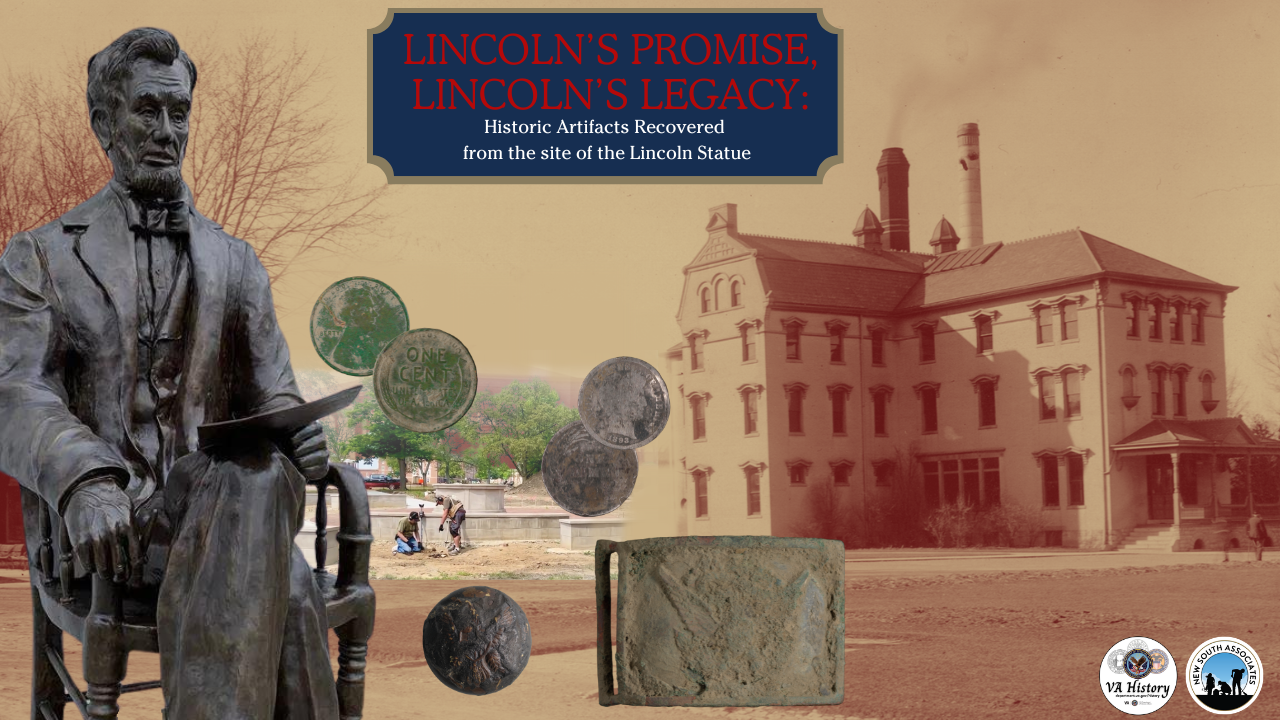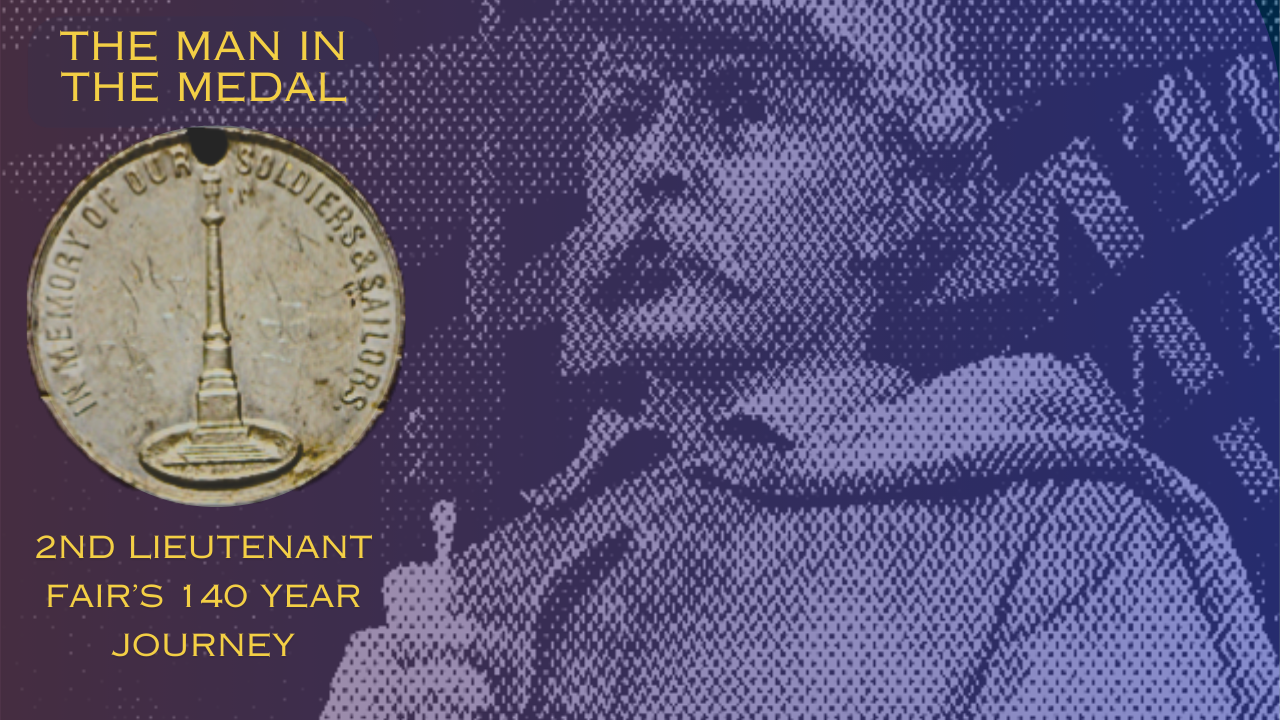
VA has always been a central piece of Dr. Arena Mueller’s life.
In 1987, Mueller’s mother began work as a VA nurse at the Jack C. Montgomery VA Medical Center in Muskogee, Oklahoma and retired from the hospital 23 years later.
“When I was 12 years old, I sang ‘Oh Holy Night’ in the chapel on Christmas Eve,” Mueller said with a laugh. “I kind of feel like I grew up at the VA hospital.”
Following in her mother’s footsteps
In 2009, Mueller decided to follow in her mother’s footsteps and care for Veterans. She’s a psychologist and local recovery coordinator, also at the Jack C. Montgomery VA Medical Center.
Interesting flea market item
In her off-time, Mueller enjoys visiting antique stores. “I love history. I typically make the rounds through various Tulsa flea markets and antique shops.”
About 10 years ago, she noticed a VA emblem on a tan and brown wool blanket while browsing.
“It was folded in such a way that I could see the VA emblem,” Mueller said. “I immediately unfolded it and saw the year 1930 stamped on it. It was only $25 so I scooped it up.”
The blanket spent time in her home and was also used as a decoration in her VA office.
Donating to National VA History Center
Recently, Mueller read about the National VA History Center and decided to contact them.
“I told them about this blanket that I had, and they said they’d be interested in seeing some pictures,” Mueller said. “I sent them some and they responded letting me know that the collections committee voted unanimously to accept my donation.”
While the exact history of the blanket will never be known, it is something to contemplate. Who was the Veteran it warmed in 1930? What happiness, joy, tears, and sorrow did it witness? Did it provide any comfort during difficult times? How, almost 100 years later, did it wind up with a price tag attached?
One important clue might be the state of Oklahoma opened the Soldiers Memorial Hospital in Muskogee in 1923 to care for American doughboys who fought in Europe.
“I do believe this blanket is probably from the Muskogee VA hospital,” said Mueller. “World War I Veterans probably slept under it and were cared for underneath it.”
The National VA History Center will be the museum and archival center for all things historical in the VA mission. It will be on the Dayton VA Medical Center campus – itself a designated National Historic Landmark.
While the idea is not new, recent actions to make it a reality are. Ceremonies marking its official establishment – and the start of renovation work on two historic buildings to house the collection – were held in August 2020. Based on the pace of private fundraising by the Foundation, receipt of grants, or other dedicated funding partnerships, the center’s forecasted opening will be in 2025-26.
This is an article from the Eastern Oklahoma VA Health Care System and provides an example of the role the National VA History Center serves in receiving artifacts into the collection.
By Nate Schaeffer
Public Affairs Specialist, Eastern Oklahoma VA Health Care System
Share this story
Related Stories

Curator Corner
What’s in the Box? Fire Safety and Prevention at the National Homes
Fire safety may not be the first thing that comes to mind when thinking about Veteran care, but during the National Home for Disabled Volunteer Soldiers period (1865-1930), it was a critical concern. With campuses largely constructed of wooden-frame buildings, housing thousands of often elderly and disabled Veterans, the risk of fire was ever-present. Leaders of the National Homes were keenly aware of this danger, as reflected in their efforts to establish early fire safety protocols.
Throughout the late 19th century, the National Homes developed fire departments that were often staffed by Veteran residents, and the Central Branch in Dayton even had a steam fire engine. Maps from this era, produced by the Sanborn Map Company for fire insurance purposes, reveal detailed records of fire prevention equipment and strategies used at the Homes. These records provide us with a rare glimpse into evolving fire safety measures in the late 19th and early 20th Century, all part of a collective effort to ensure the well-being of the many Veterans living there.

Curator Corner
Lincoln’s Promise, Lincoln’s Legacy: Historic Artifacts Recovered from Site of Dayton Statue
It all started when Bill DeFries, President of the American Veteran’s Heritage Center (AVHC), lost his wedding ring at the construction site for the statue of Abraham Lincoln on the campus of the Dayton VA Medical Center. He requested the assistance of the Dayton Diggers, a local nonprofit whose mission is to “research, recover, and document history” through their use of metal detector survey. The machines used by Dayton Diggers emit an electromagnetic field that responds to metal objects hidden below the ground surface. When they pinpoint a target, they use minimally invasive excavation to remove the object from the soil. In addition to the misplaced wedding band, their team uncovered historic artifacts that can be used to understand the history of Veteran care here in Dayton.

Curator Corner
What’s in the box: 2nd Lt. George Fair’s 140 year journey
It started with a medal. Later on a button. Then, walks along the trails at the Dayton VA Medical Center and to the National Cemetery. Finally, it ended at a tall monument at the intersection of Monument Avenue and Main Street in downtown Dayton.
Well, it didn't quite end there. This was just the beginning in learning about the soldier, whose likeness sits atop the Montgomery County Soldier's Monument and stands watch at the main entrance to the Dayton VA Medical Center.
This is the story of a curator diving into the story of George Fair, Dayton's Veteran model and a 140 year journey.



